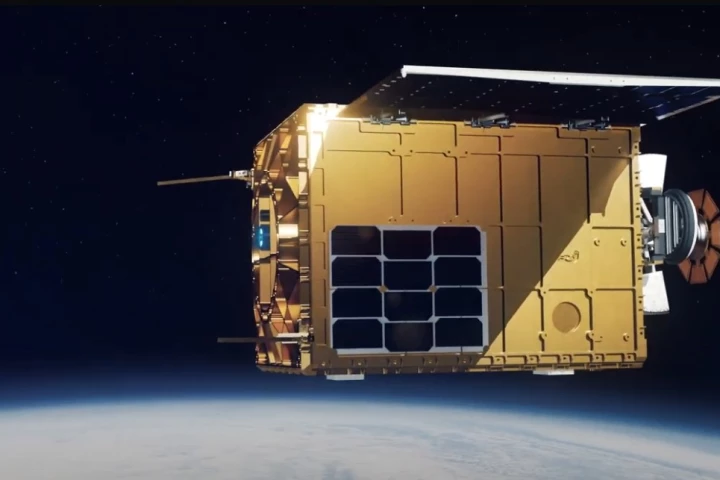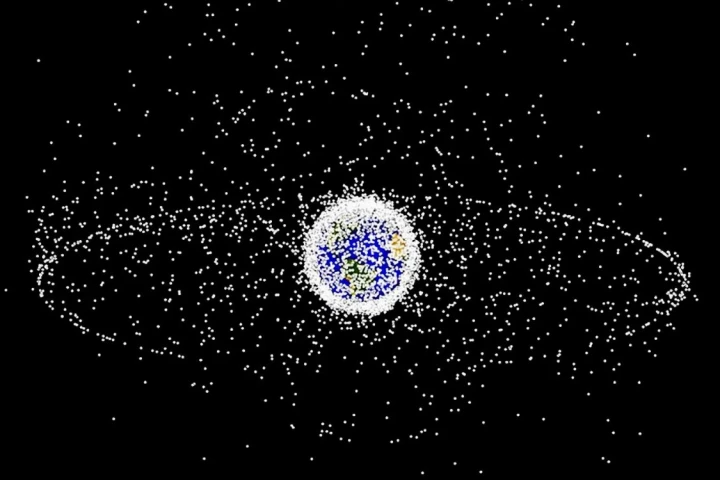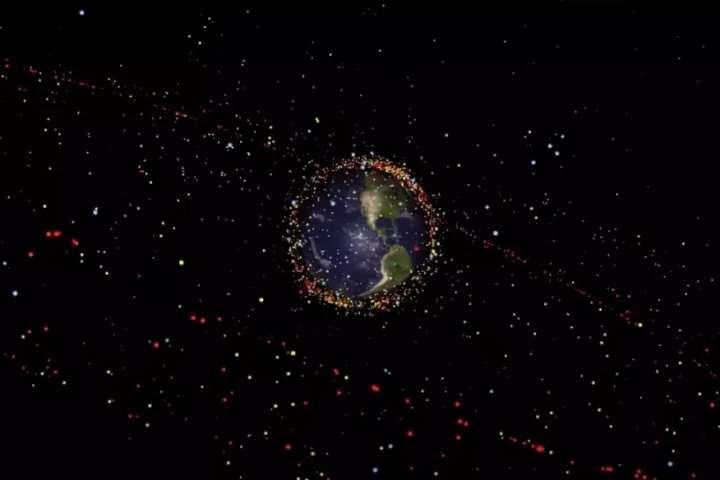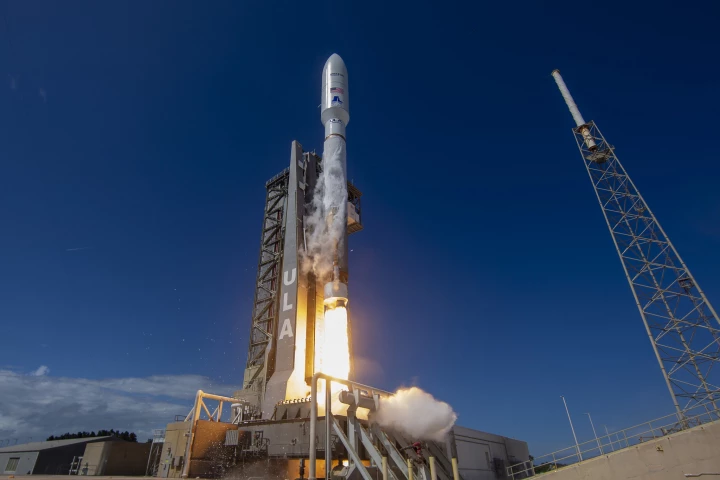Space Junk
-
Satellites could have a longer life and space become a bit tidier if Starfish Space's Otter Pup 2 mission pans out. Scheduled to launch later this year, it aims to demonstrate how a small craft can dock with unprepared satellites for service or disposal.
-
We've deployed so many satellites into space over the last few decades that we now have a massive orbital junk problem. The European Space Agency says there's now roughly as much debris as there are active satellites floating about in Low Earth Orbit.
-
NASA has completed the analysis of a chunk of metal that crashed into the roof of a house in Naples, Florida, a few weeks ago. The agency says it came from a pallet of trash released from the International Space Station three years ago.
-
A spacecraft about the size of a gas pump is being developed for the US Space Force program to refuel orbiting satellites. The goal is to extend the lifespan of craft that have run out of juice instead of simply decommissioning them.
-
Tiny bursts of electrical energy caused by collisions of objects no wider than a pencil lead could one day allow pieces of space debris smaller than one millimeter in diameter to be tracked, reducing the danger to spacecraft in Earth orbit.
-
To help combat the growing problem of space debris, a CubeSat launched by EnduroSat on November 11, 2023 called Exo-0 includes a 100-g (3.5-oz) device developed by Airbus that uses the Earth's magnetic field to prevent dead satellites from tumbling.
-
Two test satellites blasted off on board a United Launch Alliance Atlas V rocket emblazoned with Amazon’s famous logo on Friday, ahead of more than 3,200 planned to orbit the Earth, challenging Elon Musk’s reign over broadband real estate in space.
-
As its Aeolus wind monitoring mission comes to an end, ESA is testing new procedures for deorbiting the decommissioned 1360-kg (3,000 lb) spacecraft to burn up in the Earth's atmosphere, advancing international space safety standards.
-
It turns out the rocket that is predicted to impact the Moon on March 4 is not the second stage of a SpaceX Falcon 9 rocket after all, but the upper stage of a Chinese Long March 3C used to launch the Chang'e 5-T1 lunar flyby mission in 2014.
-
Showing that space junk isn't a local problem, observations by amateur astronomers have determined that the upper stage of a SpaceX Falcon 9 rocket launched in 2015 will impact the Moon on March 4 at 12:25 GMT.
-
The Japan Aerospace Exploration Agency has grand plans when it comes to tackling the growing problem of space junk, and startup Rocket Lab has just been enlisted to get its first efforts off the ground.
-
A space-debris-clearing drag sail developed by Purdue engineers called Spinnaker3 that is large enough to pull a spent rocket booster out of a 400-mile orbit to safely burn up in the Earth's atmosphere will be put to the test next month.
Load More











